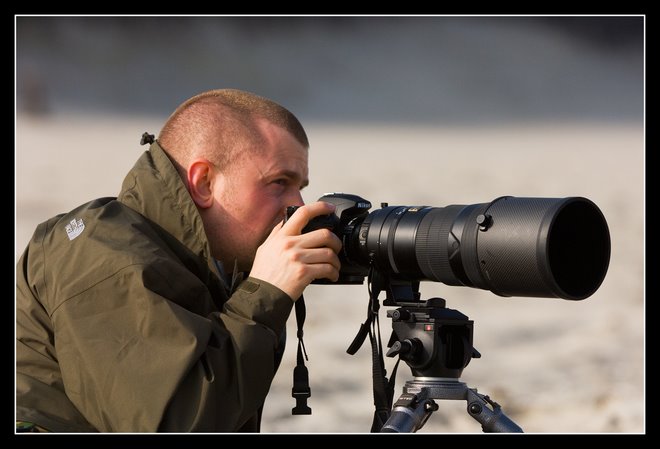New York born Michael Grecco started his career as a photojournalist for the Boston Herald, and worked his way up to become the (self proclaimed) Master of Portrait Photography. He now lives and works in Beverley Hills, on call to many of the rich and famous as their resident celebrity photographer.
When you first flick through his book, you may recognise some of the shots from the entertainment press, but although this book is a portfolio of much of his work, Michael has written it with the intention of providing portrait photographers, from beginners to advanced, with a technical resource book.
The first three chapters cover the camera, illumination, and the medium. The 'camera' chapter, and the 'medium' chapter (basically covering analog vs digital, and color palettes) don't really introduce much new, although they do set the scene quite well, but the chapter covering illumination really sets this book apart from many others on the same subject.
The book is approx 30cm square format, and each double page spread in the illumination chapter is devoted to a full page photograph, together with half a page of text explaining how the photograph was made, and half a page lighting diagram. So although the average reader is unlikely to have access to the same level of model that Michael does (the page on hard lighting is accompagnied by a photograph of Kate Winslet, and the page on high speed strobes by Jet Li....) at least he will have some ideas on how to replicate the same lighting situation with his own resources. This is something that I have found sadly lacking from many other books on lighting, and something I am sure I will refer back to in future when working in the studio.
The next chapter talks about 'Creativity and Conceptualization', and this is really where Grecco sets himself apart from Average Joe. He talks about how important it is to collaborate with the rest of the team (which is fair enough), but when you realise his team includes photo assistants, set builders, photo editors, wardrobe stylists, hairdressers, make up artists, talent scouts, location scouts, publicists, artistic directors, lighting technicians, etc etc, it makes you wonder if he has someone to press the shutter button for him as well ;)
But joking aside, he does make some very helpful suggestions about how to go about designing and visualising a picture, and in the following chapter, 'The connection' talks about the best ways to build up a relationshop between the model and the photographer.
The final third of the book is filled up with case studies, in which Grecco introduces more images from his collection, and talks about the way he made each shot.
The book is just short of 200 pages, softcover, but printed on high quality glossy paper, and written in an easy to follow language.
This is a great book for anyone interested in getting some new ideas in portrait photography, and also for those who want to see a high quality collection of celebrity images, but what really made the book for me was the presentation of and the story behind the images, combined with the technical details and set ups that he had used.
Blogged with Flock







3 comments:
Hello Simon,
How good of you tor pre-read all thee books for us. Have you got some extra time on your hands?
Would you say you learn more by reading a book lik this then reading the strobist blog you also link on your site?
www.jts.dds.nl
Hi Jasper,
Always time to read a good book ;)
I would say the main benefit of strobist blog (and the associated flickr group) is that it is interactive - you can ask questions and solicit responses from all of the readers. Another big difference is that David has very much taken a low cost approach to his photography, whereas for Michael money doesn't seem to be an object.
And the traditional format of a book still has a certain amount of longevity over the click and forget format of a blog....
that is a dissapointing conclusion, considering we are both bloggers. ;-)
Post a Comment